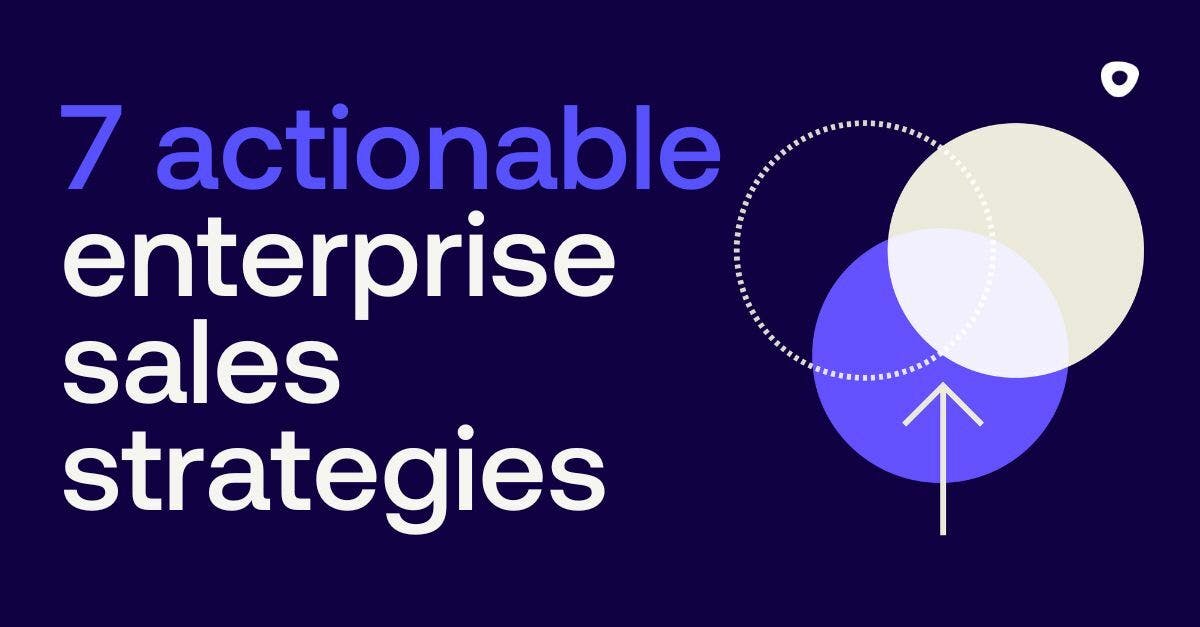Configuring your perfect sales process requires customization. If you want to hit the ground running, you can’t fit your sales data into a predefined box with limitations – or in this case, into standard objects. That’s why CRMs provide custom objects, so you can create custom data structures that reflect your unique sales process, and going forward you’ll be able to bring your custom objects into Outreach. That means any business critical data stored in custom objects can now be easily synced into Outreach and leveraged as part of your sales workflows.
Bring custom data into Outreach to power your unique selling workflows
What are custom objects?
When you rely on a CRM to store your data, you’re storing your data in objects. You can think of objects as a relational table. Each row in the table represents a record and each column in the table represents a different field. Much like a relational table, objects can then be related to each other to reflect how your business data is interconnected. For example, if you think of your Contact object, you have a row for Jane Smith and columns with Jane’s phone number, email address, account name, and other information you need to keep about Jane.
There are two types of objects. Your CRM will come with standard objects, which are pre-built objects that already exist in your CRM platform and store your data in a predefined way, like Contacts, Accounts, and Opportunities. When you have data that does not fit neatly into predefined standard objects, you can create custom objects.
Custom objects are user-defined objects with custom fields and custom permission settings. You could create a custom object to track almost anything, extending your data model to fit the needs of your business. Custom objects behave the same way that standard objects do, allowing you to integrate them seamlessly into your sales automations.
Let’s look at an example. A payments services company needs to track customer transactions, automate tasks related to transaction processing, and generate reports to analyze transaction trends and detect potential fraud. When a new transaction is initiated by a customer, it’s tracked in the transaction object (a custom object) filling in fields like transaction type, amount, payment method, merchant ID, and fraud indicator. This entry can trigger workflows that automatically create tasks for relevant team members. Transactions flagged with a high fraud indicator might need to be investigated, or high-value transactions might require a review. As customers continue to make transactions, their account manager may want to generate reports to analyze transaction trends and detect potential fraud in order to mitigate risk. Or, they could generate a report to see the total transaction volume over time, categorized by transaction type and payment method, to spot an expansion opportunity.
Custom Objects in Outreach
Custom objects are a powerful way to extend your data model with unprecedented flexibility and customization, unlock new sales workflows, and personalize at scale.
Extend your data model
By using custom objects, you’re able to structure your data to reflect your specific business processes and help you better understand customer preferences, behaviors, and needs. They also create a unified view of your business and deliver complete context to your organization by allowing you to aggregate data from multiple sources.
New sales workflows
Just like with standard objects, you can build new workflows based on custom objects to prioritize the right actions and never miss another revenue moment. Once you sync your custom objects into Outreach, you can start creating new Triggers to help your sales team stay on top of deals and capture more revenue.
Personalization
Using Custom Objects, you can create targeted segments based on the data captured about your customer’s behaviors and interactions. This segmentation is especially useful for personalizing customer experiences and can be used to tailor marketing campaigns, product recommendations, or service offerings.
Building new workflows in Outreach
By incorporating your preferred CRM data model into the Outreach platform, you unlock new sales workflows. Just like with standard objects, you can create new sales automations triggered by changes in Custom Objects.
For example, you can trigger an email sequence in Outreach when a prospect has been associated with a specific campaign in Salesforce. Every time someone becomes a Campaign Member in SFDC, it automatically updates in Outreach and they are put into our Campaign Email Sequence. No more manual tagging in Outreach to put the right prospects into the right sequences!
Or, you could provide your sales team visibility into customer support cases within the context of an Account by bringing the Case object from Salesforce into Outreach. By leveraging these case insights, your sellers can quickly see if a customer has any open issues that might affect retention so they can begin mitigating churn earlier. If you’re using Salesforce Cases to track feature requests, you can also set up Outreach Triggers for new product launches – anytime a new feature gets launched, customers that have made a request for that feature will be added to a product launch email sequence. Now customers will receive personalized, timely product launch updates to ensure they feel valued and to encourage further adoption of your product.
How to get started
Get started today by learning how to create custom objects in Outreach. Follow these directions or request a demo so you can have everything in one place, just the way you like it.
Stay up-to-date with all things Outreach
Get the latest product news, industry insights, and valuable resources in your inbox.



